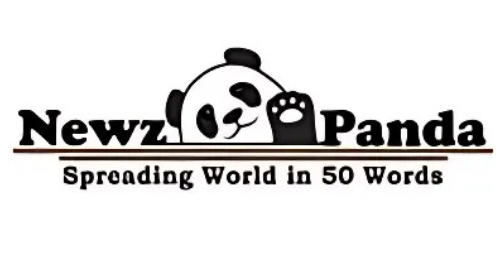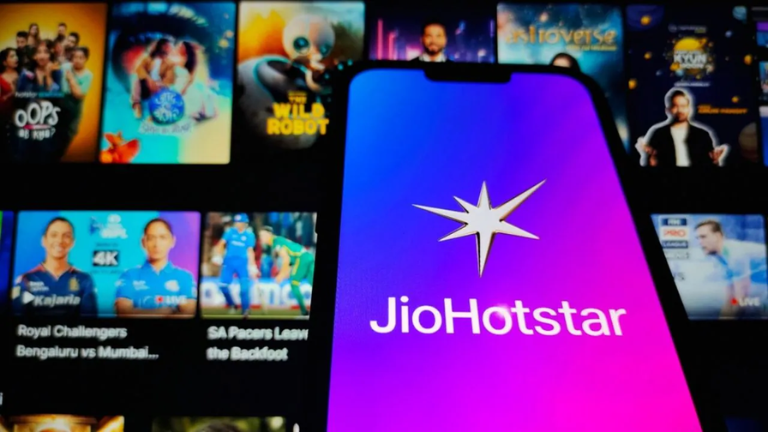Marketing Storytelling Strategy: How StoryBrand is Changing the Game
In today’s overloaded marketing landscape, businesses struggle to cut through the noise and truly connect with their audience. The solution? A powerful marketing storytelling strategy that makes the customer the hero of the story.
Donald Miller and his team at StoryBrand have built a framework that more than a million brands have already adopted. Whether you’re a corporate marketer, a small business owner, a political candidate, or an author, the right storytelling approach can transform your marketing success.
What Makes StoryBrand’s Marketing Storytelling Strategy Unique?
The biggest challenge businesses face is that most marketing messages get ignored. Why? Because they aren’t engaging.
According to Miller, successful marketing follows a storytelling structure, positioning the customer as the hero and the brand as their guide.
“All human beings see themselves as the hero of their own story,” Miller explains. “They’re looking for a guide who can help them win.”
This fundamental storytelling shift is what sets the StoryBrand approach apart from other marketing storytelling strategies. Instead of focusing on the brand itself, the message revolves around the customer’s journey and how the brand helps them succeed.
Why Words Matter More Than Design in Marketing Storytelling Strategy
Miller strongly believes that words sell products—not just branding visuals.
🔹 “Pretty websites don’t sell things. Words sell things.”
🔹 “Marketing shouldn’t make people think—it should think for them.”
🔹 “Clever is often just confusing. Don’t be clever, be clear.”
The Three Biggest Mistakes Marketers Make:
- Too Much Information – Customers don’t have time to process complex messages. Simplicity wins.
- Confusing Language – Marketers often assume customers understand industry jargon, leading to disconnect.
- No Clear Problem Identification – If customers don’t immediately understand how your product solves their problem, they won’t buy it.
A well-crafted marketing storytelling strategy eliminates these mistakes by creating a clear, engaging message that resonates instantly with potential buyers.
How Stories Hook Customers’ Attention
Humans are wired for stories. A strong marketing storytelling strategy taps into this natural curiosity by posing an interesting question and building suspense.
🔹 Will the hero save the day?
🔹 Will the underdog win the championship?
🔹 Will the customer find the perfect solution?
Just like a good joke has a setup and a punchline, effective marketing stories have a setup (the customer’s problem) and a resolution (your product as the solution).
Steve Jobs: A Masterclass in Marketing Storytelling Strategy
One of the best examples of storytelling in marketing comes from Apple’s Steve Jobs.
💡 Instead of advertising an iPod as “5GB of storage”, he famously said:
“1,000 songs in your pocket.”
That simple, customer-focused message was clear, memorable, and emotionally engaging. It told a story that instantly connected with consumers.
This is what a great marketing storytelling strategy does—it translates technical features into a compelling customer benefit.
The Role of Empathy in Marketing Storytelling Strategy
Miller emphasizes that empathy is key to building customer trust.
📌 “People trust businesses that acknowledge their pain and frustrations,” he says.
How to Use Empathy in Marketing Messaging:
🔹 Step 1: Clearly show that you understand your customer’s struggles.
🔹 Step 2: Position your brand as the guide with the right solution.
🔹 Step 3: Combine empathy with authority—“We understand your problem, and we know how to solve it.”
Empathy creates an emotional connection, while authority builds confidence in your solution.
Fear of Missing Out (FOMO) and the Psychology of Marketing Storytelling Strategy
Miller explains that humans are more motivated by avoiding loss than by gaining something new. This is why FOMO (Fear of Missing Out) is such a powerful marketing tool.
How to Use FOMO in Storytelling Marketing:
🔹 Instead of saying “Our software improves productivity,”
🔹 Say “Stop wasting hours on manual tasks—get your time back with our software.”
This shifts the message from a simple benefit statement to a compelling reason to take action.
How to Apply the StoryBrand Framework to Your Business
To help businesses implement an effective marketing storytelling strategy, Miller created StoryBrand.AI, a platform designed to simplify messaging without hiring a high-cost marketing team.
💡 What StoryBrand.AI Offers:
✔ A guided process for crafting your BrandScript
✔ Messaging templates based on the StoryBrand framework
✔ Automated marketing tools for clear and effective messaging
✔ Resources for building a high-converting sales funnel
Miller describes it as a way for businesses to get high-quality storytelling marketing without needing to become an expert themselves.
Why Storytelling is the Future of Marketing
The marketing landscape is more competitive than ever. Brands that fail to emotionally engage their audience will struggle to stand out.
🚀 A strong marketing storytelling strategy ensures your message is clear, compelling, and customer-focused.
📢 What do you think? Is your brand using the power of storytelling effectively?







